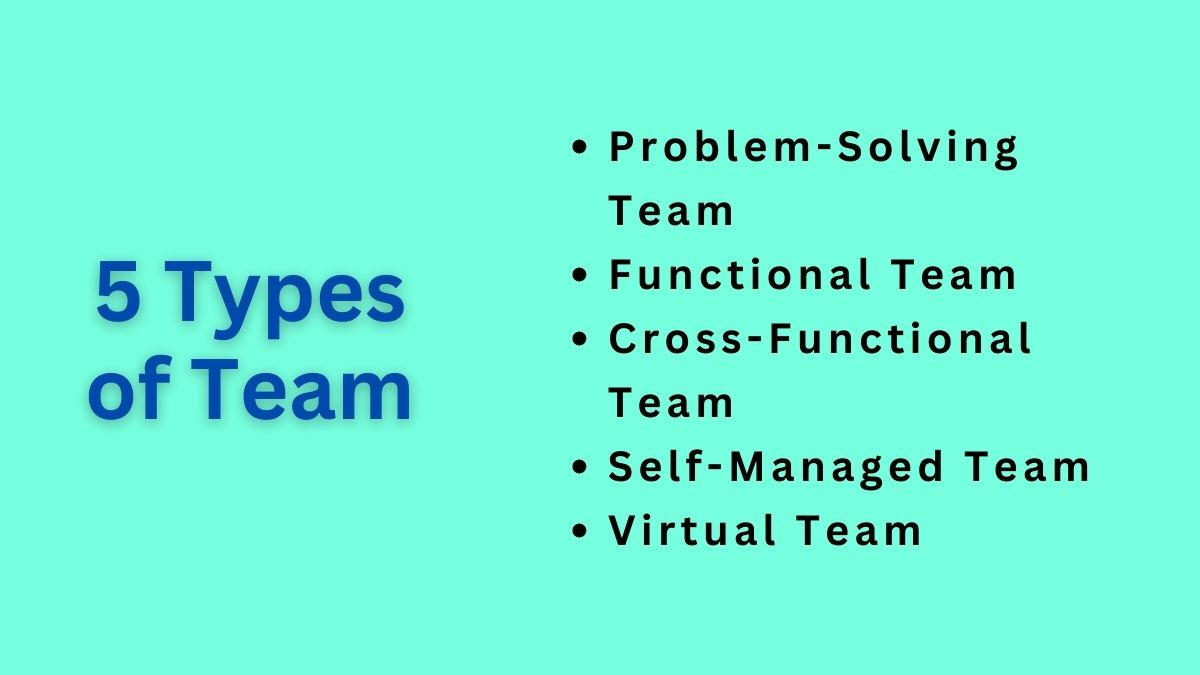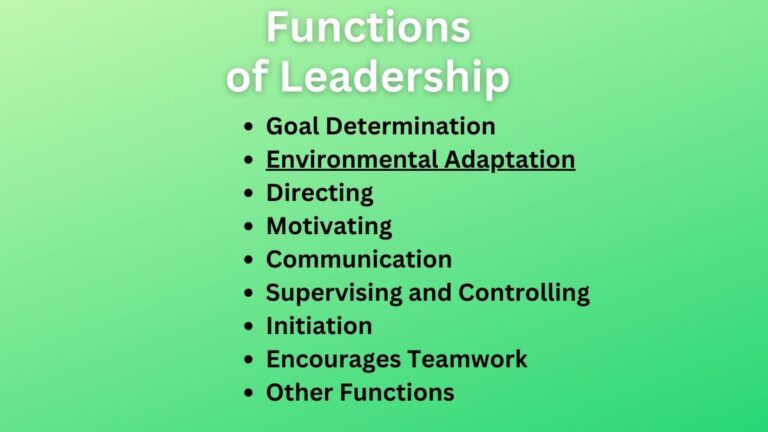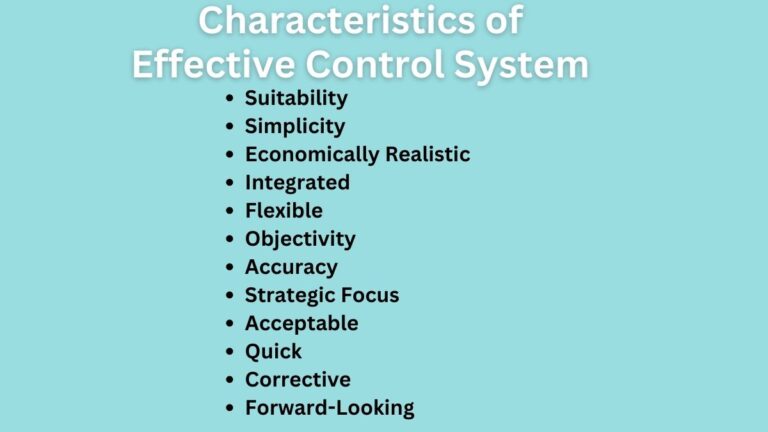Types of Team: 5 Types of Teams Found In the Workplace
Types of Team
Teams are groups of people who have a common objective to achieve. Depending on time, situation, and requirements there can be different types of teams in the organizations. However, the following five are the most common team types practiced in organizational settings.
Problem-Solving Team
As the name suggests itself, a problem-solving team is created to solve specific problems of the firm that may be in terms of efficiency, work process, quality, productivity, and work environment. Problem-solving teams have members, normally, consisting of 5 to 12.
Such teams have a responsibility to find the causes of problems and solutions to them. These teams are formed by employees with the same departments or units and they are supposed to offer solutions on how the work process should be improved.
Members of a problem-solving team do not have the authority to implement their suggestions, they can only provide suggestions and solutions. A quality circle is an example of a problem-solving team in which members share their ideas and find the most probable solution to the problem.
Functional Team
A functional team of an organization consists of a manager and his subordinates who are formed for particular functional areas. Functional teams are permanent in nature and have the members of same functional units with different responsibilities.
Related: Functional Organizational Structure
Organizations having different functional units or departments is a good example of functional teams – such as finance, accounting, sales, and marketing departments, etc. are examples of functional teams. Every functional team has a specific objective to achieve.
In functional teams, a team head is formed who has sufficient authority to direct his subordinates. All members should report to him. And, he should be accountable for the performance of his teams.
Cross-Functional Team
A cross-functional team is when individuals from different departments but at the same hierarchal level are grouped in a team. This is done when a project or issue requires expertise from different departments. Often, cross-functional teams are established to solve a complex set of problems.
These types of team members are characterized by having complementary skills. In 1960, IBM created cross-functional teams from different departments to develop a successful system/360.
Nowadays, many businesses are conducting multi-functional activities. Such teams conduct regular meetings to solve particular problems. As they have different skills from different areas, they discuss with each other to share information, develop new ideas, solve problems, and coordinate complex projects.
All major automobile manufacturers like Toyota, Honda, Renault, Suzuki, Tata, and Ford currently use this form of a team to coordinate complex projects. Though these types of teams take a long time to form and develop trust, teams work with greater diversity to realize greater performance.
Self-Managed Team
Self-managed team, as the name suggests itself, is a team that works itself without a manager. Such teams are autonomous, self-directed, and self-supervised and perform interdependent and highly related tasks. This team practice gives employees a feeling of “Ownership” of the task.
Self-managed teams consist of members who are efficient, competent, and self-motivated. Unlike, problem-solving teams, these teams have the authority to provide suggestions and put their suggestions into action.
Related: Characteristics of a Team
Fully self-managed teams set their goals themselves, establish performance standards, even choose the members themselves, and evaluate each other’s performance. As such, in such teams, there is little importance on supervisory positions.
Self-managed teams become more effective in improving performance if team members can manage conflict. Often, the following factors are responsible for influencing the effectiveness of self-managed teams.
- Team Goals and Norms – Common goals, values, and norms of the self-managed team.
- Work Design of Team – Autonomy at work, skills variety, task identity, and task significance.
- Composition of Team – Size of the team, diversity among members, preferences & flexibility among members, roles allocated for each member, abilities, and personality of team members.
- Team Context – Situational leadership, performance-based reward system, level of interaction among team members, and level of trust among team members.
In addition, the effectiveness of self-managed teams can be improved through training & development, a performance-based reward system, providing flexibility, and regular performance evaluation.
Virtual Team
A virtual team is when employees located in diversified geographical areas achieve common objectives by means of technology and collaboration tools. Email, Zoom, Microsoft Teams, etc. digital tools are used to discuss and find solutions in virtual teams.
Since work from home concept emerged, virtual teams have become more popular in today’s work settings. Evidence from 94 studies of more than 5,000 groups found that virtual teams are better at sharing unique information (information held by individual members but not the entire group), but they tend to share less information overall.
To increase the effectiveness of these types of teams, there should be trust among team members, close monitoring of team processes, and team output sharing with high priority.
Read Next: Strategies To Manage Teams
Sajan Kushmi is a content writer with more than 4 years of experience. He holds BIM Degree. He write on the topics related to Management, Marketing, and Entrepreneurship.






